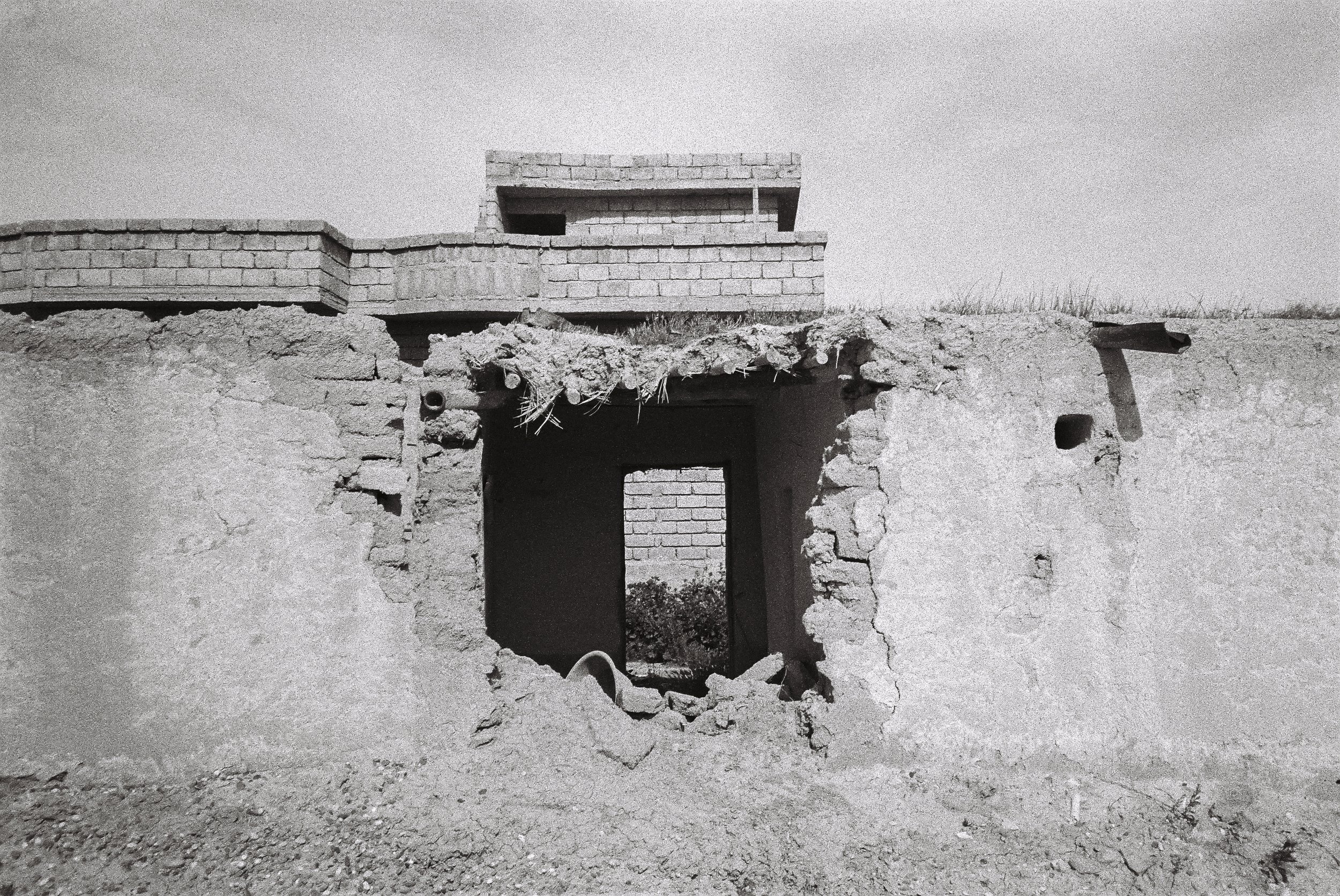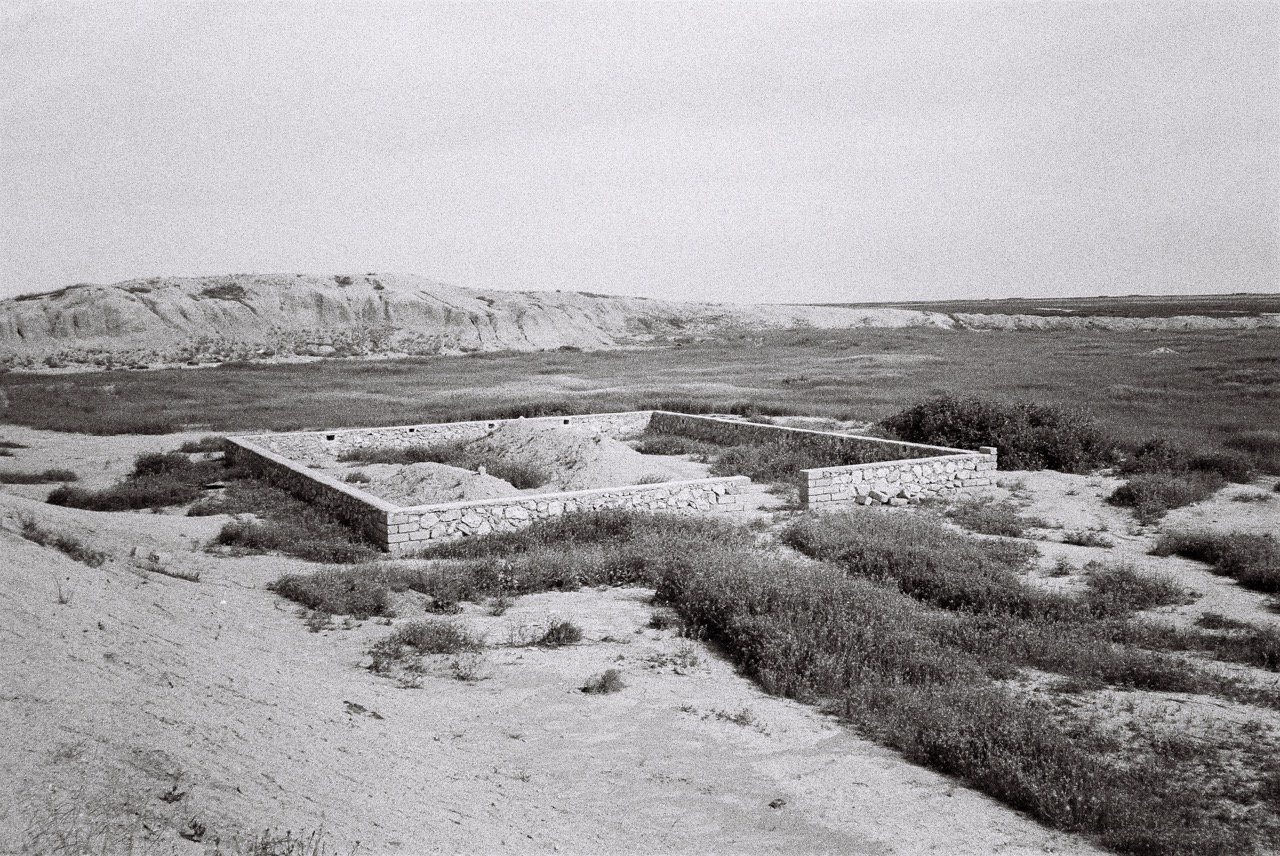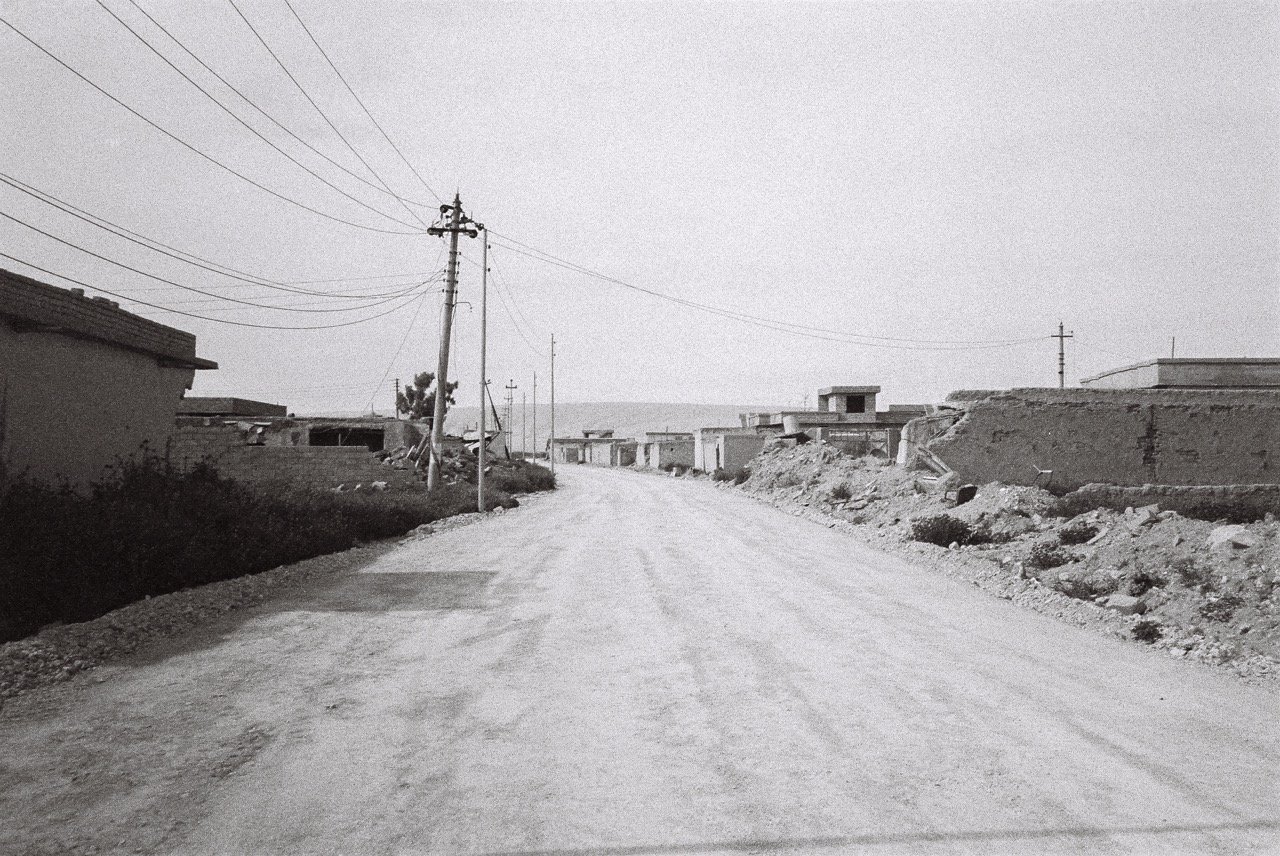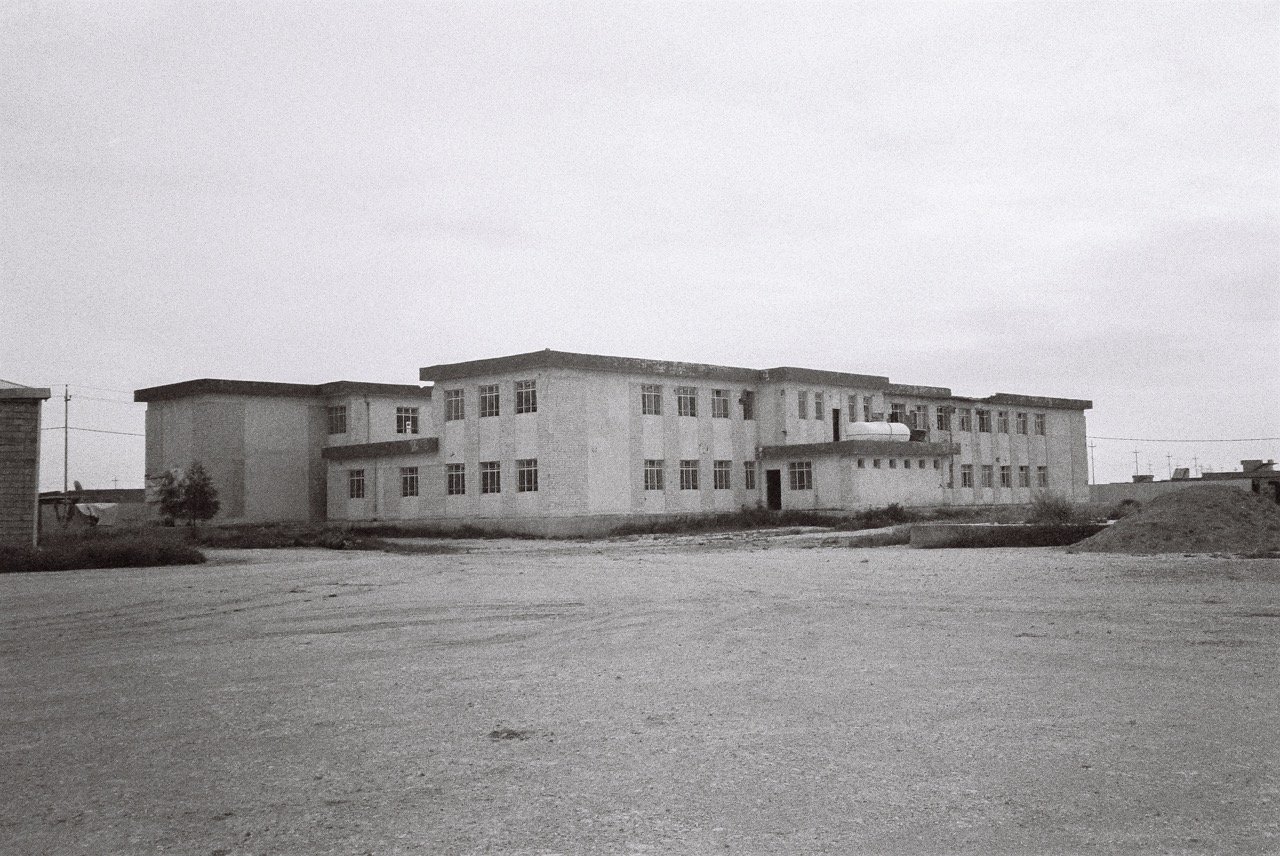
Supporting Yazidis on their return to their ancestral land
HOME is an online photo exhibition dedicated to providing assistance to the returning Yazidi families as they resettle back into their homes in Sinjar. These families faced forced displacement due to the genocidal campaign perpetrated by the so-called 'Islamic State' group against them in August 2014.
HOME

In the early hours of August 3rd, 2014, the so-called ‘Islamic State' group attacked the ancient Yazidi community in Sinjar, Iraq. Men, boys, women, and girls were subjected to executions, kidnappings, sexual slavery, torture, and forced labour. This coordinated assault inflicted immeasurable suffering upon the Yazidi community.
During this ruthless onslaught, more than 5,000 men were massacred, and over 6,000 women and children were taken into captivity by so-called the 'Islamic State' group. At the same time, tens of thousands of Yazidis sought refuge on Mount Sinjar, facing thirst, starvation, and extreme heat. And those who were unable to escape had faced horrific acts of violence at the hands of the so-called 'Islamic State' militants. The attack forced 400,000 Yazidis into displacement in the Kurdistan Region of Iraq.
Today, approximately 2,800 Yazidi women and children remain missing, and since 2014, around 120,000 Yazidis have migrated from Iraq, primarily seeking asylum in Europe. Despite being one of the longest-surviving religious groups in the East, the Yazidis have borne a history of discrimination, marginalisation, persecution, and genocidal campaigns predominantly for being a non-Abrahamic religious group. Enduring 74 genocides to date, they remain one of the most persecuted religious groups in the world.
August 3rd, 2014

The Return to Sinjar
The genocidal campaign by the so-called 'Islamic State' group against the Yazidis extended beyond heinous acts of murder and abductions; it also encompassed the destruction of Yazidi villages, towns, and shrines. The liberation of Sinjar in 2015 further exacerbated this devastation, leaving homes and structures in ruins.
After enduring nine years in displacement camps in the Kurdistan Region of Iraq and neighbouring countries, Yazidi families are returning to their homes in Sinjar. Since 2018, approximately 150,000 individuals have returned, with a notable increase since April 2023. However, the lack of adequate financial support and reconstruction efforts from the governments in Iraq and international organisations hinders the Yazidis’ ability to rebuild their community and resettle back into their homes.
This lack of assistance adds to the existing challenges faced by the Yazidi community, particularly those returning to Sinjar. Despite these difficulties discouraging most Yazidis from returning to Sinjar, many Yazidi families are determined to return to their homes and rebuild their lives. However, those who have returned reside in tents or damaged houses devoid of basic necessities, which were once cherished homes.
Therefore, HOME is dedicated to contributing to the rebuilding of the Yazidi community throughout Sinjar. The project aims to gather the funds from the sales of the photographs to support as many families as possible by dedicating all of the raised funds to purchasing or repairing household fittings and structures, respectively, including doors, windows, walls, and roofs.

Kocho, Sinjar
HOME showcases 12 35mm black and white film photographs of the Yazidi village of Kocho in Sinjar. The photographs were taken by filmmaker and artist Yad Deen during a visit to the village of Kocho, which was motivated by his reading Yazidi survivor and Nobel Peace Prize laureate, Nadia Murad’s autobiography, The Last Girl.
“One of the places I felt most compelled to visit was the school of Kocho. I have been haunted by the shattered dreams of a little girl who once expected to become a teacher, only to find her entire village forcibly gathered there for what would later become their horrifying fate” (Yad Deen, 2023).
Kocho is one of the many Yazidi villages targeted by the so-called ‘Islamic Sate’ militants during their genocidal campaign in Sinjar.
Yad and two of his Yazidi friends, Nesrîn Şingalî and Alaa Essa, were warmly welcomed by Dawd Salim Bashar Loko, a Yazidi guard guarding the remnants of Kocho. Dawd generously guided them around the village, as well as the school - which had become a concentration camp during the invasion – and explained that the entire village will no longer be inhabited and will serve as a permanent monument. Dawd began to tell Yad and his friends what happened in Kocho from August 3rd through to August 15th, the day Kocho was completely deserted of all of its Yazidi residents.
Access to Kocho is restricted as the village has been evacuated and plans for it to be turned into a large monument are in place. Political instability adds a level of unpredictability when travelling around Sinjar, as checkpoints within the province and towns are divided among different military factions. A large amount of gratitude is owed to our Yazidi friends who helped us to travel around Sinjar to meet the wonderful people there and gain a unique and invaluable perspective.
The photographs of this exhibition are accompanied by Dawd’s account of what happened in Kocho in August 2014 and are divided into 12 parts, with each part accompanying one photo.